Last Updated on 10/18/2014 by Julius Motal
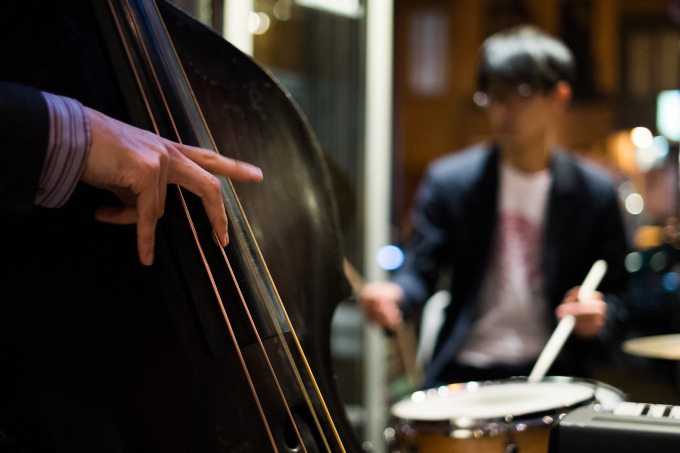
Concerts are a crapshoot. It’s never easy to tell if it’ll be a packed house or how terrible the lighting will be. There are some things you can prepare for and some things you can’t. Here’s a list of tips to help you with your next gig.
1. Carry a wide to medium telephoto zoom (you never know how much room you’ll have)
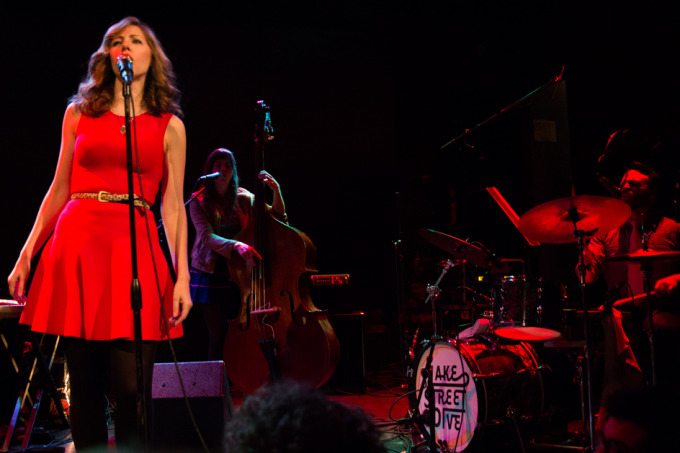
If the band’s playing to a packed house, there’s a good chance you won’t have any room to move around. If that is the case, have a wide to medium telephoto zoom with a fixed aperture on your camera. You’ll be able to get a variety of shots, and your image quality won’t be compromised with a fixed aperture. If you can secure an f2.8 lens, do so.
2. Check out the band beforehand to see how they play on stage
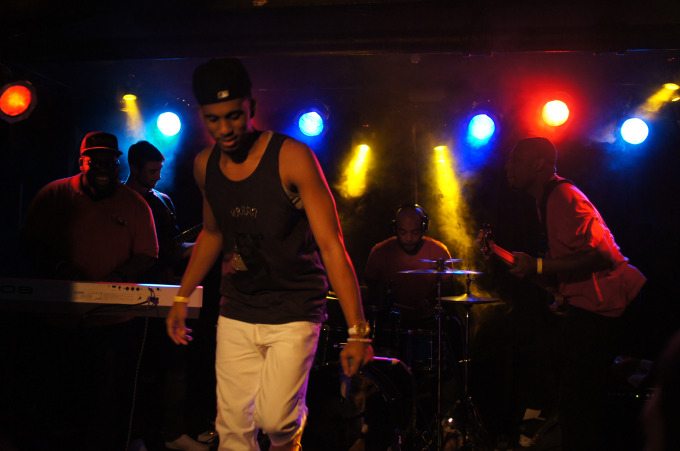
Researching the band beforehand will give you an idea of the images you’ll end up making. While each concert is its own experience, there are similarities across performances that’ll give you a visual framework going into the gig you’re shooting.
3. Get to the venue early to secure your spot
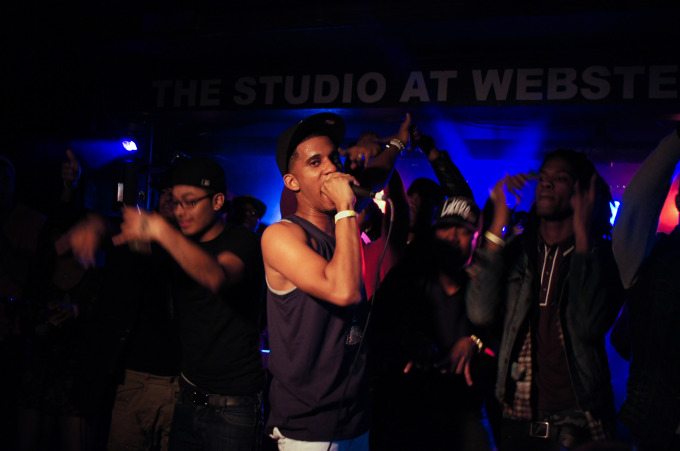
This is an obvious one, but it’s worth mentioning that you shouldn’t be late to a gig because the house will almost always be full by that point. If you managed to check out the band before the gig, you’ll have an idea of where they’ll be on stage before they take their places. With this in mind, you can secure a solid spot for making photographs.
4. Focus on the hands
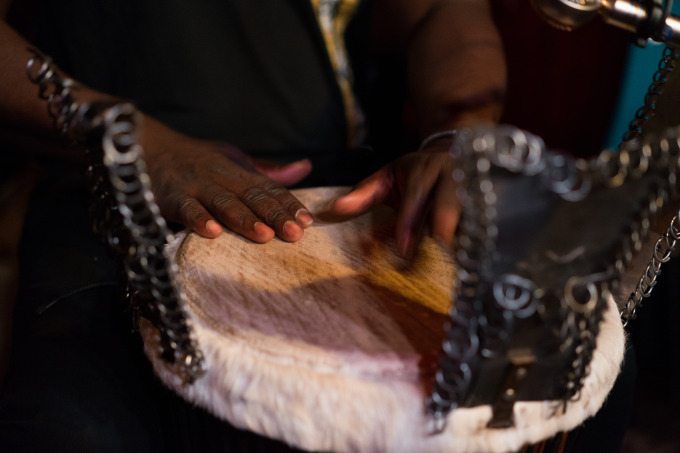
While full body and portrait photographs making for compelling parts of the album, a musician’s hands can say loads about their style. If you the light’s good, keep a fast shutter speed to freeze motion. If the light’s not so great, bump up your ISO, so that you can keep a fast shutter speed.
5. Capture the moments between songs
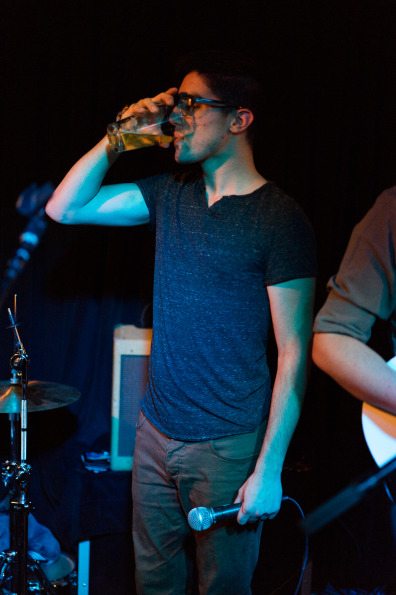
A concert isn’t just songs. It’s as much about the moments before, in between and after as it is the set list. Be sure to capture what happens between numbers to inject some variety into the shots you go home with.
6. Don’t work against the lighting, work with it
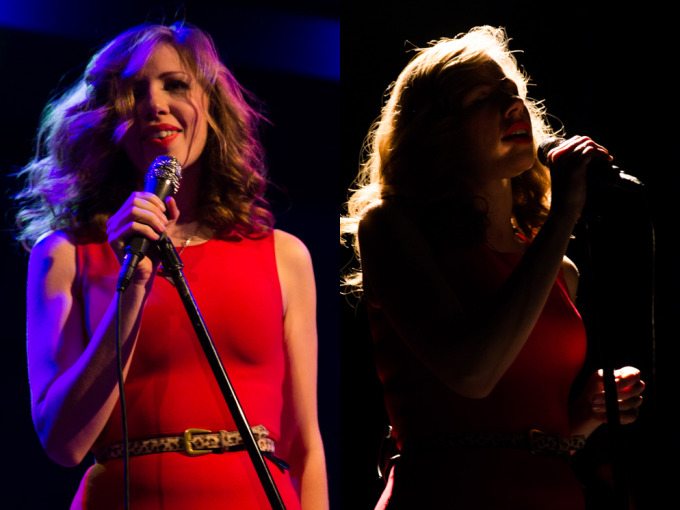
Concerts are notorious for convoluted lighting setups that can send your camera into a tizzy. Yet, the lighting, no matter how undesirable it may be, is a fundamental part of the show, and you can either work with it or have it work against you.
7. Don’t just focus on tight images of one musician, shoot wide
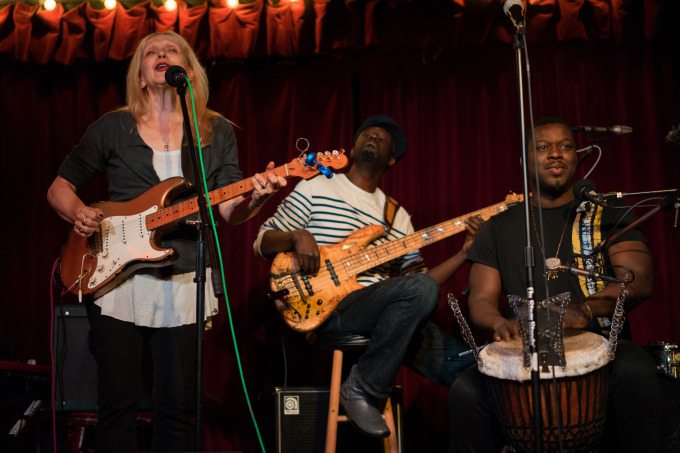
Whether or not it’s a solo act, shoot wide. This way, you’ll get solid group shots of the band, and you’ll see how they fit within the context of the venue. Tight shots can have a great deal of emotion, but they shouldn’t be at the expense of more environmental portraits.
8. If your camera did something strange, work with it
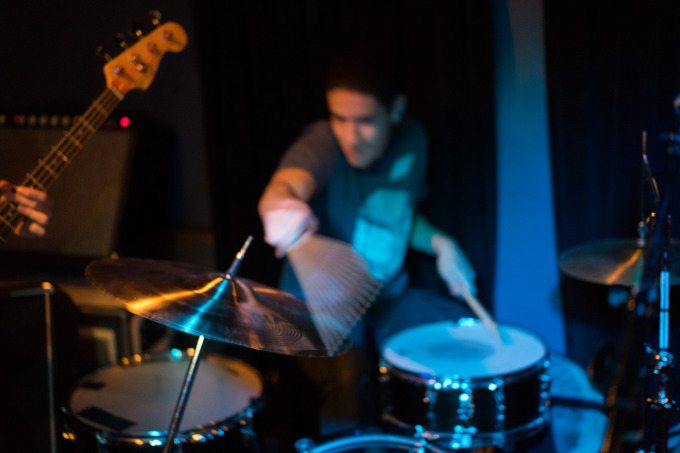
A concert’s lighting can confound you camera, and you might find that your camera does some strange things over the course of the gig. Of course, cameras don’t make mistakes, the photographers do, but unusual lighting and environments can lead to unusual results. Roll with it.
9. Get behind the band if you can
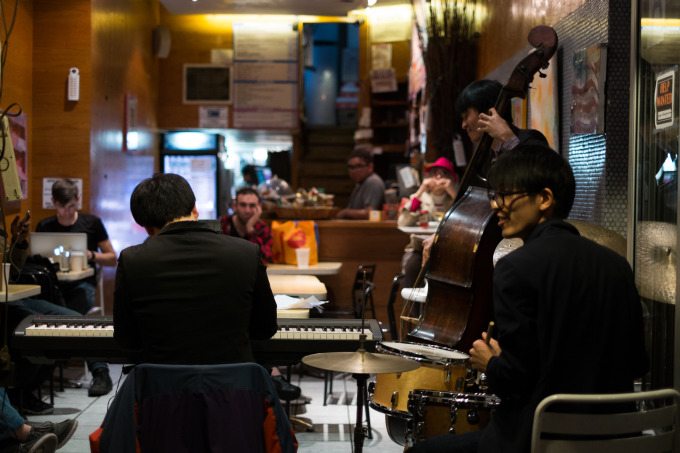
This depends on the size and the type of venue, but get behind the band if you can. It’ll offer a different perspective and a certain degree of dynamism in terms of the band and their audience
10. Layer your images
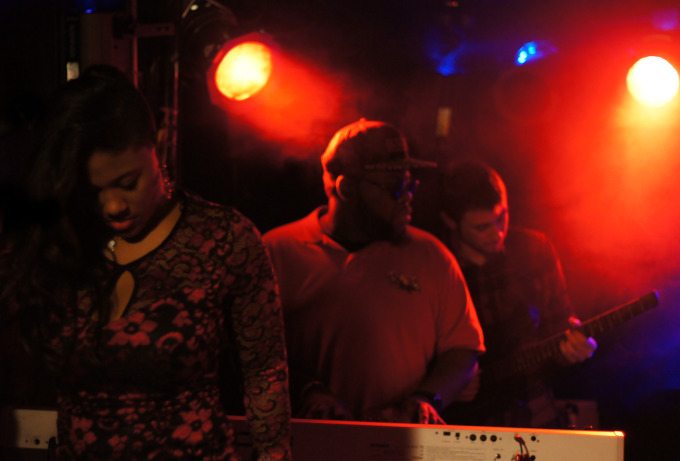
Don’t just go for the tight shots. As the concert goes on, look for ways in which you can layer your images, whether it’s lining up musicians in the frame or capturing a solo artist in the greater context of the venue. Layering allows for more complex, visually compelling images.

